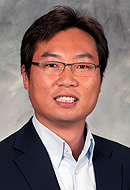 |
Sangwon Suh suh [at] bren [dot] ucsb [dot] edu Professor Sangwon Suh is the Director and the Lead-PI of the CLiCC Program. His research focuses on the sustainability of human-nature complexity through understanding the interactions between technology and its environment. Since 1997, he has been working on the theoretical foundations and practical applications of life cycle assessment (LCA) and industrial ecology. Dr. Suh has contributed to the mathematical foundations and analytical approaches to LCA. He led a number of science-policy interface works as a member of the International Resource Panel (IRP) of the United Nations Environmental Programme (UNEP) and as a Coordinating Lead Author of the Intergovernmental Panel on Climate Change (IPCC). Dr. Suh has authored or co-authored three books and over hundred peer-reviewed journal articles in his field. He received numerous awards including the McKnight Land-Grant Professorship from the University of Minnesota’s Board of Regents, Leontief Memorial Prize and the Richard Stone Prize from the International Input-Output Association (IIOA), the Robert A. Laudise Medal from the International Society for Industrial Ecology (ISIE), SPLC Leadership Award from the Sustainable Purchasing Leadership Council (SPLC), and Distinguished Teaching Award from the Bren school. |
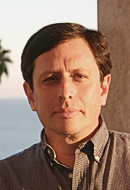 |
Arturo Keller keller [at] bren [dot] ucsb [dot] edu Dr. Keller's research focuses on the sustainable use of chemicals and materials in our modern society, by understanding and quantifying their potential impacts, and seeking ways to minimize impacts while achieving the benefits. He is particularly interested in emerging materials, such as nanoparticles and biochemicals, for which little information is available. He also does work at large scales to design better management strategies for common chemicals such as fertilizers and pesticides. |
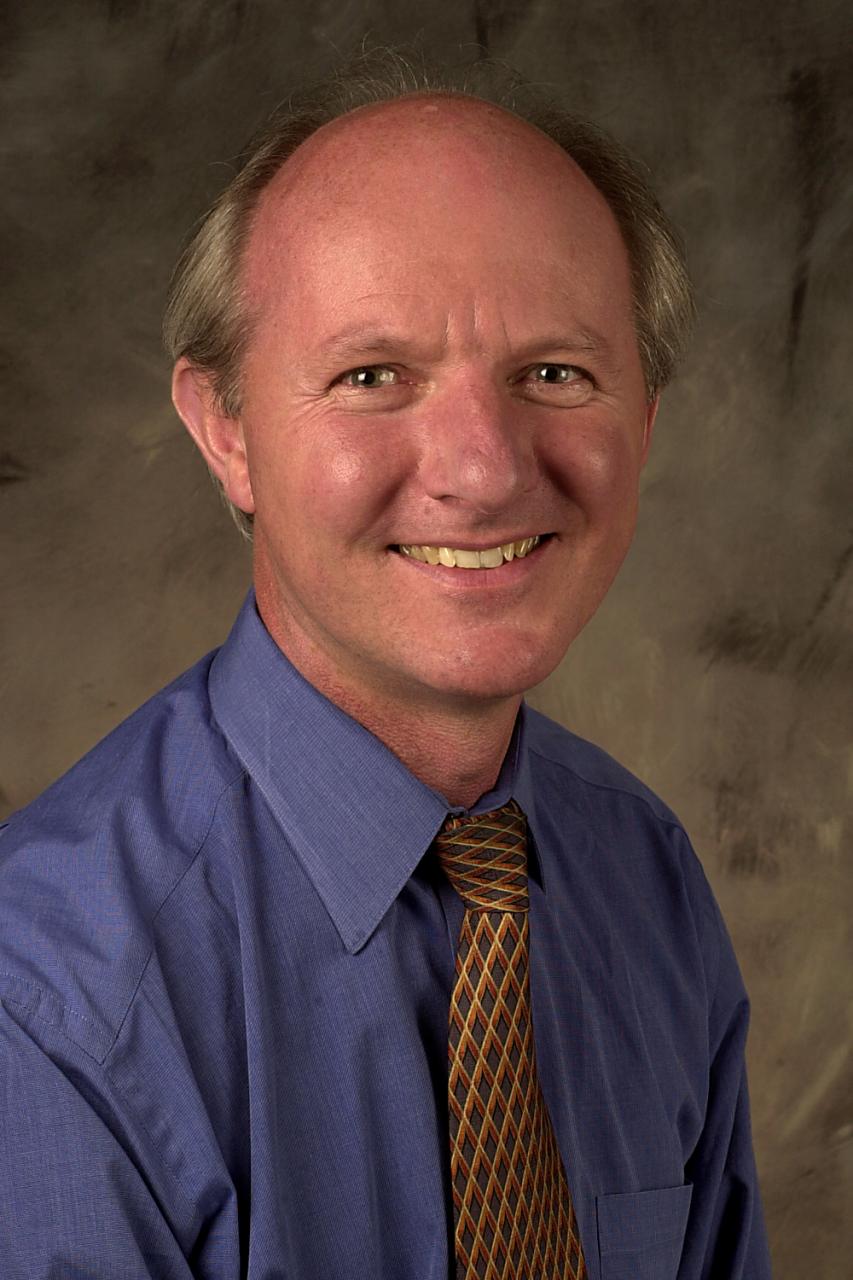 |
Michael Doherty mfd [at] engineering [dot] ucsb [dot] edu |
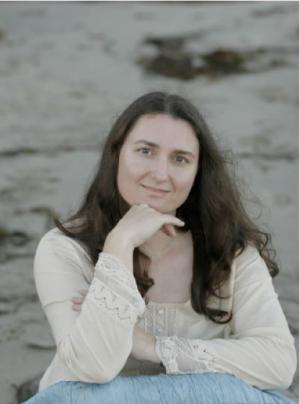 |
Susannah Scott Professor, Chemical Engineering sscott [at] engineering [dot] ucsb [dot] edu The Scott group conducts both fundamental and applied research in surface chemistry and catalysis. We aim to understand the interactions and transformations of molecules in solution and at gas-solid interfaces by creating highly uniform active sites. We apply techniques from organometallic and coordination chemistry, surface science, spectroscopy, kinetics, mechanistic analysis and modeling to investigate, design and re-engineer heterogeneous catalysts. A key element of our strategy is to synthesize well-defined molecular precursors and anchor them onto solid supports via self-limiting surface reactions. For example, organochromium complexes CrRx are precursors to active sites in the Phillips (Cr/SiO2) catalysts for ethylene polymerization, while perrhenates such as (CH3)3SiOReO3 and CH3ReO3 are precursors to supported olefin metathesis catalysts. |
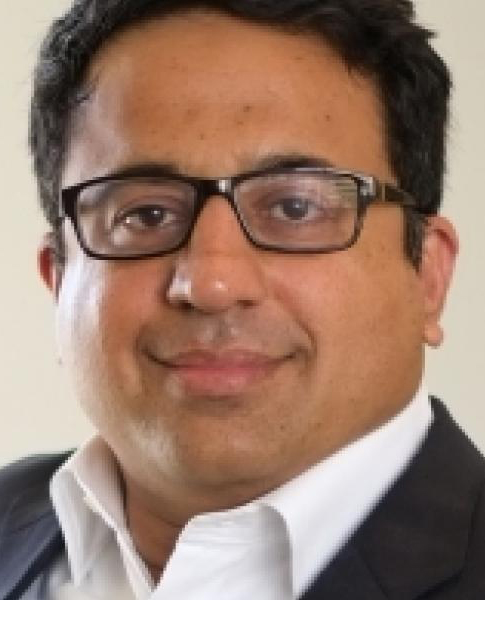 |
Ram Seshadri Ram Seshadri’s research encompasses a number of areas in the chemistry of inorganic materials, including new ways of preparing materials, seeking clues from nature on how to make new high-performance materials, magnetism in inorganic solids, chemical patterning of inorganic materials on large (micrometer) length scales, and finally, using first principles electronic structure calculations to predict new material properties. In addition to his focus on magnetism, polar materials, and porosity, Seshadri is increasingly contributing to materials for heterogeneous catalysis and for applications in solid-state lighting (semiconductors, phosphors , etc.). He also extensively researches functional (particularly oxide) nanomaterials. |